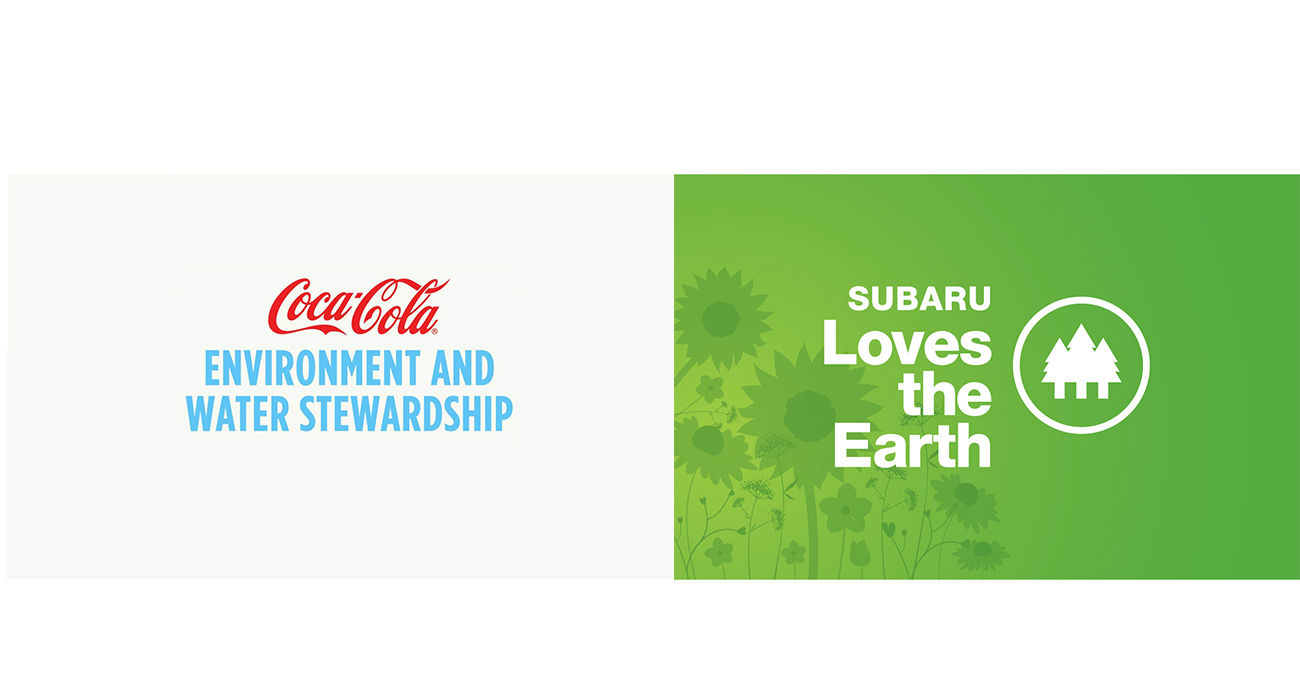Welcome to the first edition of conversations for 2018. This year we’re focusing on big issues & how brands can help tackle them. In this first issue, we discuss sustainability and the role business & brands have in ensuring we leave the planet in a better place than we found it.
How do we get to a brave new sustainable future? While government & businesses need to take the lead in setting policy & articulating objectives, big brands (who we know & trust) can also practice responsibility to shape people’s perceptions & habits towards buying their products & services.
1. Making sustainability good business sense
The idea of sustainable business is based on the idea that business is connected to ecological & social systems, so if these systems fail, then business will ultimately fail. The idea must have legs because governments, regulators & investors are encouraging companies to disclose their sustainable credentials.
China is leading the way, not only in green tech but also in legislation, highlighted by the recent government environment tax to better protect the environment & cut pollution (we won’t mention the US Gov’t). In business, the lexicon of ‘triple bottom line’ of: People, Planet & Profits has caught on & many companies are seeing the benefits. Today over 71% of the world’s top 500 companies choose to externally audit their environmental impact numbers. These bigger companies also realize that when their suppliers adopt sustainable practices the benefits can be amplified.
Corporate Knights, a Toronto based research firm, produces a list of the global top 100 most sustainable companies by rating them on 14 key measures which evaluate their management of resources, finances & employees. Siemens, the German industrial conglomerate, came top of their rankings for 2017, producing more revenue per kilowatt than any other. They also have a low carbon footprint & a low employee turnover. Now doesn’t sound like good business?
2. Brands should see sustainability as a prerequisite
Sadly it appears that most consumers don’t really care that much about sustainability. Surveys have shown that while people say that environmentally friendly products are important to them, only one in three is prepared to put their money where their mouth is & pay more for them. Across virtually all categories statements such as “The most environmentally friendly brand’’ are the least related statements to brand loyalty. This may be a result of brands ‘greenwashing’ their products with questionable claims.
The answer to sceptical consumers is for big business to ‘bake-in’ sustainable practices into their operations & their brands. Unilever has been a leading advocate for years, with Paul Polman (CEO) introducing the Unilever ‘Sustainable Living Plan’. This articulates three big goals:
1. Improving health & well being for more than 1 billion people by 2020
2. Reducing environmental impact by half by 2030
3. Enhancing livelihoods for millions.
It’s interesting when you look at their brands, as none of them overtly communicate sustainability as a unique selling point or leverage sustainability to gain a higher price.
Read more:
See more:
Waste & Subaru:
Following a 2002 zero-waste edict from the president of Subaru’s Japanese parent company; Fuji Heavy Industries, Subaru transformed its automotive assembly plant in Lafayette, Indiana into the first zero-landfill factory in the US. Subaru’s kaizen philosophy of continuous improvement involves all employees in the process, offering cash & other rewards for suggestions that improve vehicle quality, safety or environmental stewardship.
As a result, the company has lowered waste generation by 60% since 2000. Production of each vehicle generates about 240 pounds of waste; in 2016, Subaru recycled almost 94 million pounds of material, including 80 million pounds of metal.
Read more: The Zero-Waste Factory
Water Stewardship & Coca-Cola:
Coke has initiated extensive water conservation efforts & become a leading water stewardship advocate, encouraging other companies to learn from their best practices. Key learning includes:
1. Name & define each tactic with measurable goals.
For example: By 2020, improve water efficiency in manufacturing operations by 25%, compared with 2010.
2. Partnering for Maximum Impact.
Coke knows that partnership is key to success, so they have partnered with other companies & NGOs to maximize benefits in the watersheds in which they operate.
3. Think beyond the fence.
In addition to efforts within their corporate system, Coke looks beyond their fence to amplify their impact. On World Water Day 2016 they announced a commitment to establish 10 corporate partnerships by 2017 that engage local communities, government & business partners to expand sustainability in local watersheds across the United States.
Read more: 4 Lessons on Corporate Water Stewardship Inspired by Coca-Cola
Share this article




